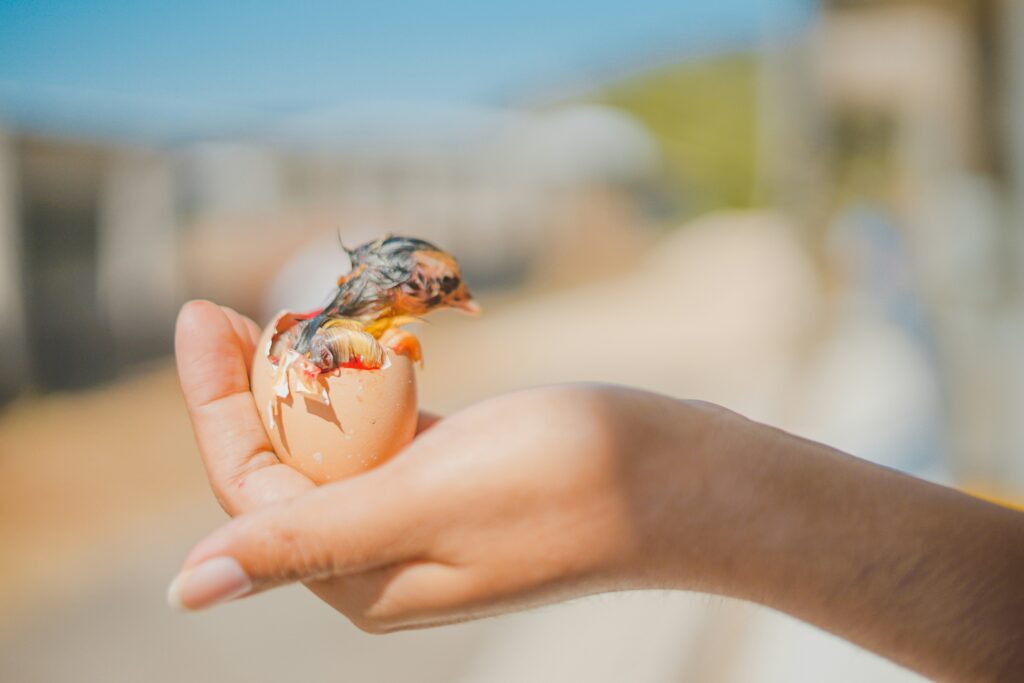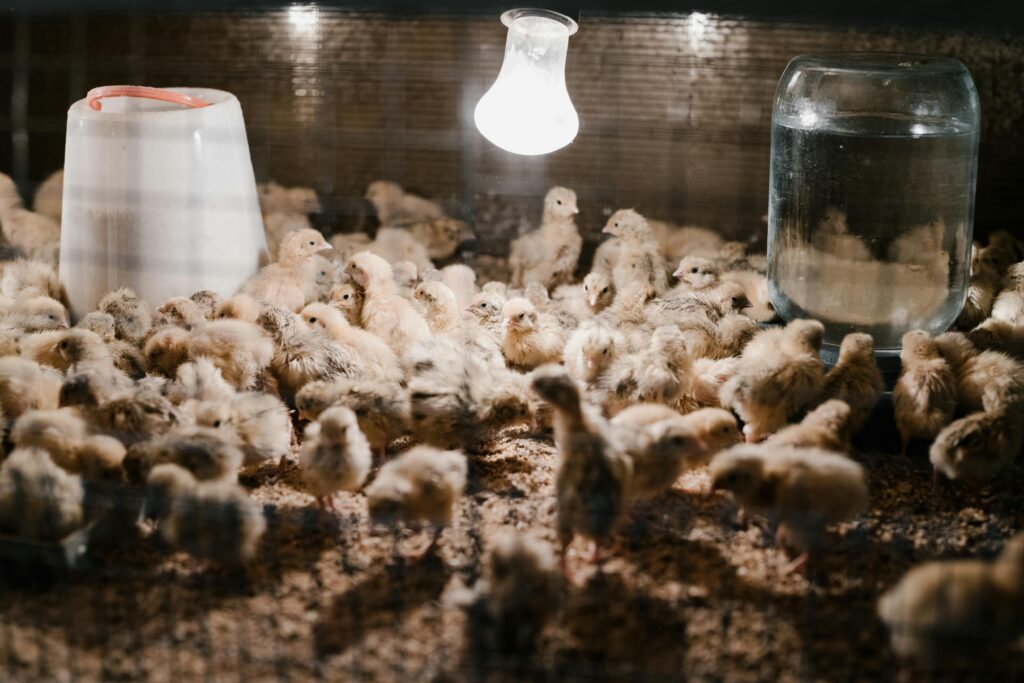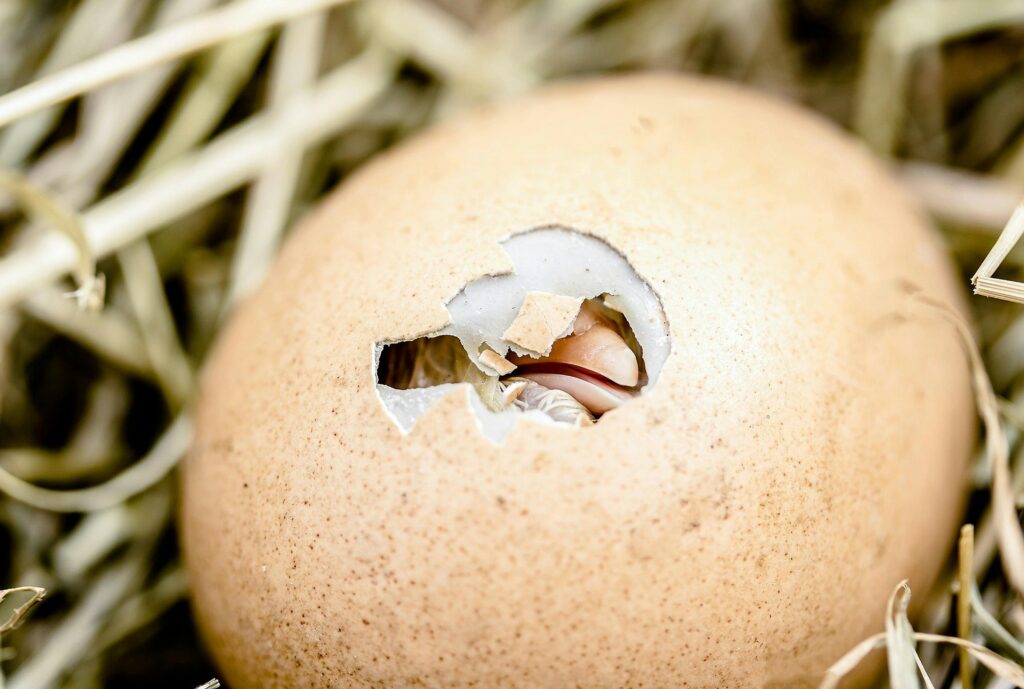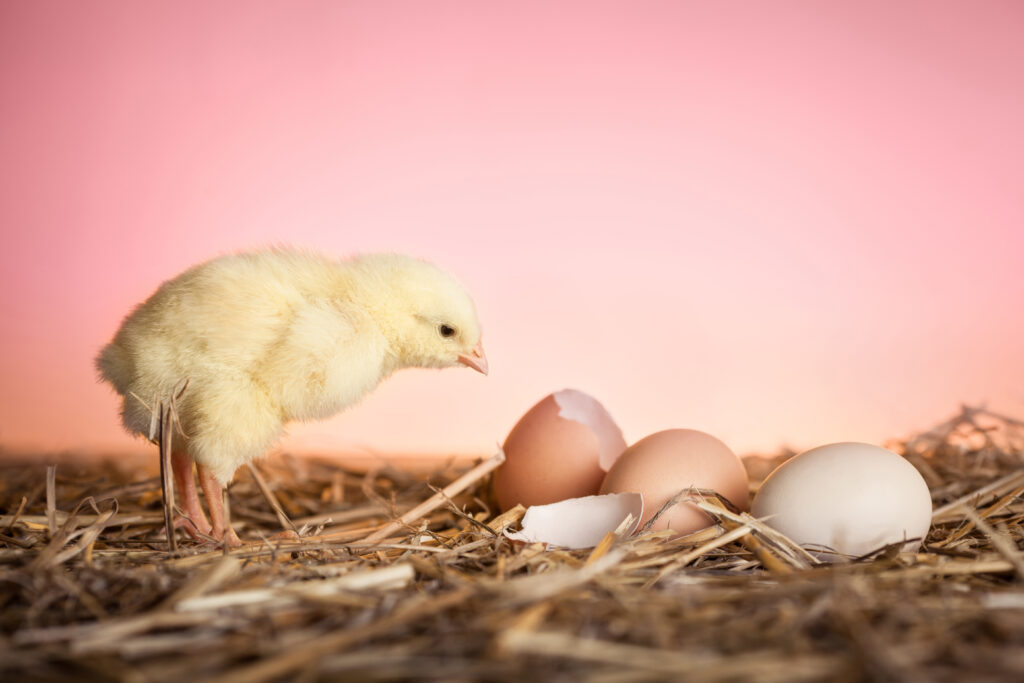Introduction to Chicken Egg Hatching
Hatching a chicken egg is a rewarding experience that requires attention, patience, and the right tools. Whether you’re homesteading, educating students, or exploring poultry as a hobby, understanding how to hatch a chicken egg successfully sets the foundation for a healthy flock. This guide outlines everything you need — from egg selection to chick brooding — to improve your hatch rate and ensure a safe start for your chicks.

Photo by Muhammad Syafi Al – adam on Unsplash
What You Need to Hatch Chicken Eggs
Before diving into the step-by-step process, gather the essentials:
- Fertile chicken eggs
- An automatic or manual egg incubator
- A reliable thermometer and hygrometer
- A candler or flashlight for candling
- Clean hands and a sterile setup
Let’s break down how to get started.
Choosing Fertile Eggs
Where to Get Fertile Eggs
You can’t hatch supermarket eggs—they’re unfertilized. Instead, purchase from:
- Local poultry farms
- Hatcheries
- Online egg suppliers
Ensure the breeder has a healthy rooster-to-hen ratio and that eggs are no older than 7 days.
Preparing the Incubator
Incubator prep is a crucial step. Run your incubator 24 hours before adding eggs to stabilize temperature and humidity.
Ideal Temperature and Humidity Settings
- Temperature: 99.5°F (37.5°C)
- Humidity (Days 1–18): 45–50%
- Humidity (Days 19–21): 65–70%
Calibrating Your Incubator
Use a digital thermometer and hygrometer. Don’t rely solely on built-in gauges. Calibration ensures you avoid embryo death due to incorrect heat or moisture.
Setting the Eggs
Positioning Eggs Correctly
Place eggs large-end up in the incubator. This keeps the air cell at the top, where the chick will eventually pip.
Turning Eggs Daily
From Day 1 to Day 18, turn eggs 3–5 times daily. This prevents the embryo from sticking to the shell. Automatic incubators do this for you.

Photo by ArtHouse Studio
The Incubation Timeline: Day-by-Day Guide
Days 1–7: Early Development
- The embryo starts forming the heart and blood vessels
- Maintain stable temp and humidity
- Candle eggs by Day 7 to confirm development
Days 8–14: Growth and Candling
- You’ll see vein networks when candling
- Remove any “clear” (non-developing) eggs to prevent bacteria
Days 15–18: Final Turning Phase
- Organs and feathers form
- Continue turning eggs until Day 18
- Prepare for lockdown phase
Days 19–21: Lockdown and Hatching
- Stop turning the eggs
- Boost humidity to 65–70%
- Avoid opening the incubator — doing so can shrink-wrap the chick in the membrane
Troubleshooting Common Incubation Issues
- Temperature fluctuations → Use a backup power source
- Low fertility rates → Replace older breeding stock
- Wet or sticky chicks → High humidity
- Dead-in-shell → Likely due to improper humidity or not turning

Photo by Myriams Fotos
Hatching Day: What to Expect
Signs of Pipping and Zipping
- Day 20: External pip (tiny crack in shell)
- Day 21: Chick starts “zipping” (circling crack) to push out
Chicks can take up to 24 hours to hatch after the first pip.
When to Help a Chick Out
Intervene only if:
- It’s been over 24 hours since zipping began
- The chick is stuck and visibly distressed
Use sterile tools and extreme care.
Brooding Your Newly Hatched Chicks
- Temperature: Start at 95°F, lower by 5°F each week
- Use a heat lamp or brooder plate
- Provide chick starter feed and water with electrolytes
- Clean bedding frequently
Tips for Increasing Hatch Rate
- Use fresh, properly stored eggs (stored at 55–65°F, not refrigerated)
- Preheat eggs before setting
- Monitor incubator twice daily
- Keep a detailed hatch log
- Avoid overhandling eggs
Common Mistakes to Avoid
- Skipping the lockdown protocol
- Using dirty eggs or unwashed hands
- Inconsistent humidity control
- Ignoring signs of mold or egg rot
- Overcrowding the incubator
Frequently Asked Questions
1. Can I hatch eggs without an incubator?
Yes, using a broody hen is nature’s incubator. However, conditions must be ideal — the hen must be committed, protected, and undisturbed.
2. How long does it take to hatch a chicken egg?
It typically takes 21 days under consistent incubation conditions.
3. What happens if I don’t turn the eggs?
The embryo may stick to the shell membrane, causing deformities or death.
4. Can I reuse eggshells after hatching?
Not recommended. Discard shells to avoid bacteria and pests.
5. What should I feed chicks after they hatch?
Use a starter feed with at least 18–20% protein and always provide clean water.
6. Why did my chicks die before hatching?
Causes include temperature fluctuations, low humidity, bacterial contamination, or poor genetics.

Image by gpointstudio
Conclusion
Learning how to hatch a chicken egg successfully empowers you to raise healthy, vibrant chicks. Whether you’re just getting started or looking to improve your hatch rate, following these proven steps and maintaining optimal conditions will yield the best results.
